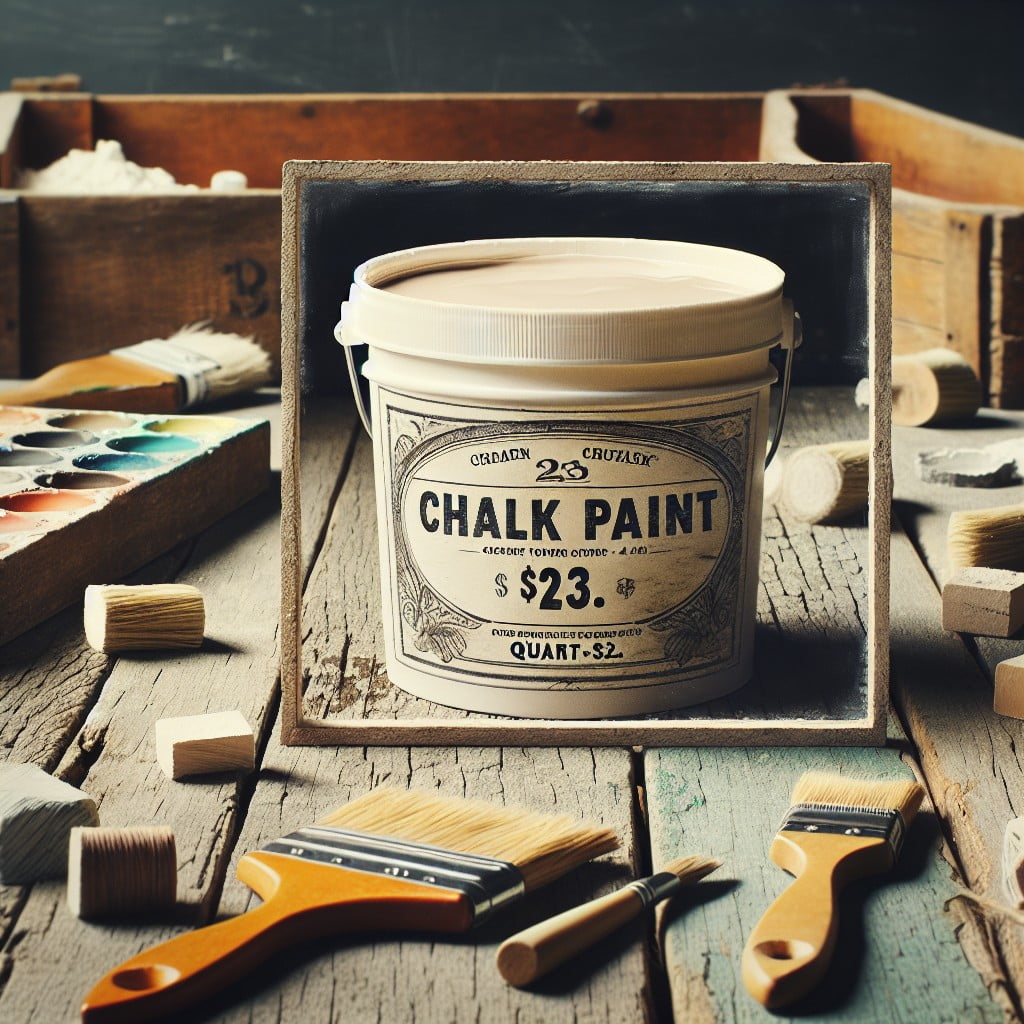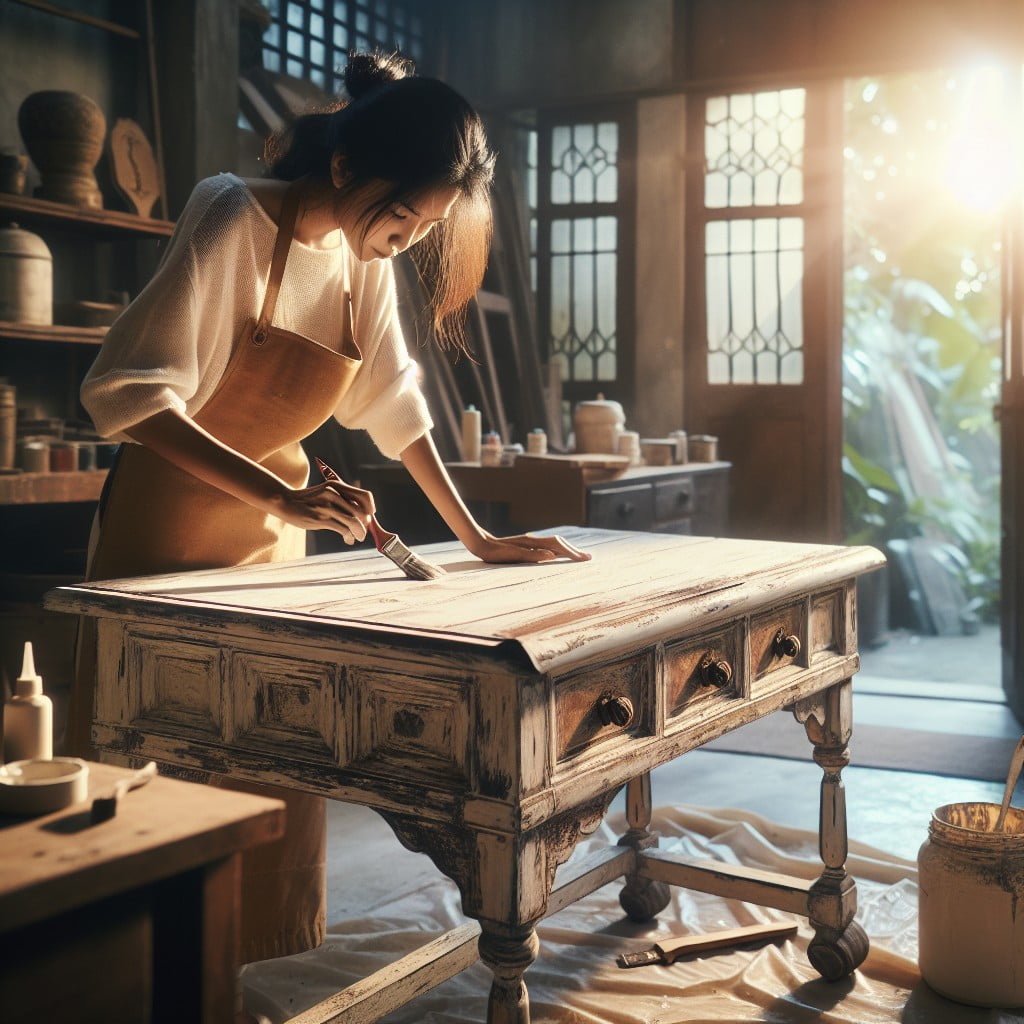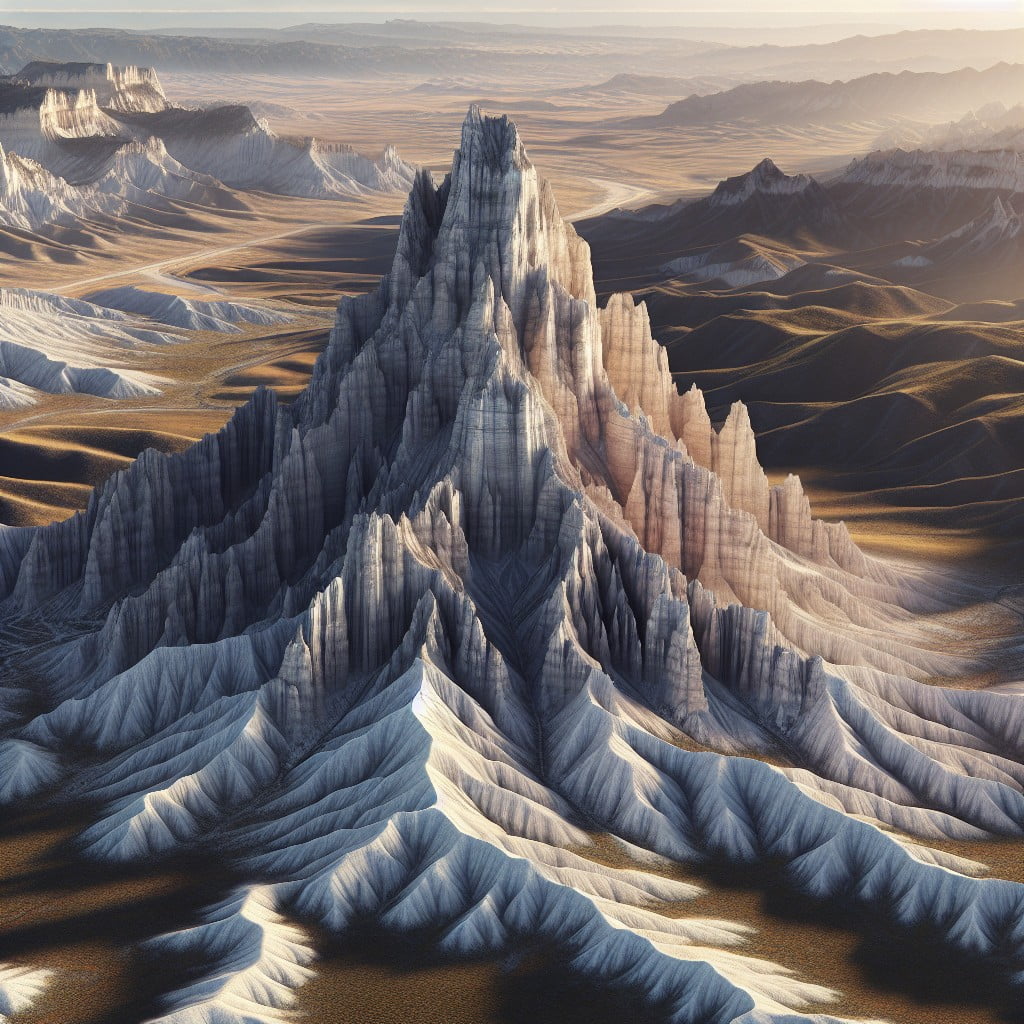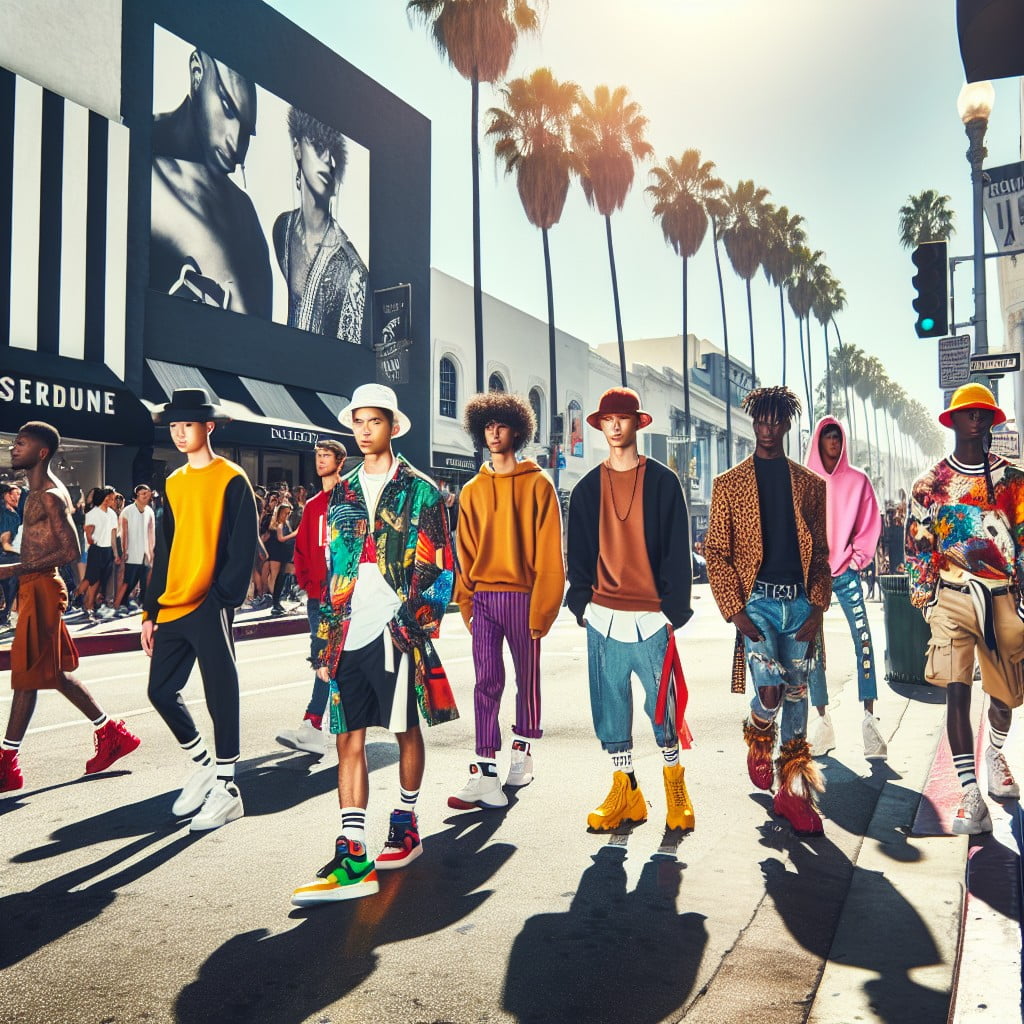Last updated on
Dive into the colorful world of chalk paint as we explore its rising popularity, versatility in home décor and the compelling statistics that underline its significance in modern design trends.
Chalk paint, a versatile and user-friendly paint, has been transforming furniture and home decor since its creation by Annie Sloan over 30 years ago.
According to a recent market analysis, the global chalk paint market size was valued at $27.9 million in 2020 and is projected to reach $38.9 million by 2027, growing at a CAGR of 5.1% from 2021 to 2027.

This growth is largely driven by the increasing popularity of DIY crafts and home improvement projects.
The chalk paint industry also has a significant impact on employment, with thousands of independent retailers, crafters, and artisans relying on it for their livelihood.
Stay tuned as we delve deeper into these statistics and uncover the fascinating world of chalk paint.
Chalk paint costs $23 on average per quart but can reach $40 or more
Differing factors, including brand recognition and added benefits, lead to a variable pricing structure in chalk paint.
Despite an average pricing point sitting around $23 per quart, it’s not uncommon to encounter options hitting the $40 mark or even further.
The wide range indicates the variety in choice, from budget-friendly alternatives to premium, luxury selections, providing flexibility for customers of diverse needs and financial capacities.
On average, a quart of paint covers approximately 100 sqft
Accurately estimating the coverage of paint assists in minimizing waste. With a quart amount, an approximate area of 100 square feet can be covered sufficiently.
This measure allows for a single coat; a second application would require an additional quantity.
Factors such as the type of surface, paint color, or the application technique might bring variation to this estimation.
For more precise measures, consult the paint can’s detailed product description before embarking on a project.
It is crucial to be aware of these factors to ensure smooth application and a polished finish.
Typical furniture painting experts charge between $40 and $100 per hour depending on their experience
Furniture painting, while seemingly straightforward, requires a deft touch and an eye for details, elements a seasoned expert brings to the table.
Rates fluctuate based on the level of expertise, with novices charging around $40 an hour, while seasoned professionals can command fees closer to $100 an hour.
Factors such as type and size of the furniture, intricacy of design, and the types of paint and finishes used also affect these rates.
Despite the costs, hiring a professional ensures quality results that stand the test of time.
You can save anywhere from $50 to $400 for painting a piece of furniture yourself
Choosing to undertake a DIY painting project can be a cost-effective decision. The savings are significant, ranging between $50 to $400 per furniture piece. These numbers reflect the costs saved on labor, which would otherwise be incurred if hiring a professional. It’s noteworthy that apart from the monetary aspect, this endeavor allows for customization and personal satisfaction.
However, bear in mind that this saving estimate is contingent upon the complexity of the piece, the required materials, and your level of expertise. Accurate budgeting and planning are key.

Kilx and Gaines are the top two brands of Chalk Paint in the US
In the United States, Kilx and Gaines dominate the chalk paint industry. Both brands share reputations for their high-quality products that provide excellent coverage, durability, and a wide array of color options.
Users appreciate Kilx for its more traditional, muted palette and affordability, while Gaines is celebrated for bolder hues inspired by the popular home decoration TV show ‘Fixer Upper’.
These key features contribute to their widespread use and rating as top-notch in the marketplace. As consumers become more design-conscious, these top brands continue to innovate their line-ups, continually enhancing their appeal.
Coolabah Green is the trending color in the spring of 2023
Emerging from the colors traditionally favored during Spring, Coolabah Green dominated the palette in 2023. This hue, reminiscent of blooming nature and fresh leaves, became a favored choice for those repainting furniture or refreshing their home decor with chalk paint. The vibrant shade provides a lively, calming ambience, aligning perfectly with the springtime ethos.
Its rising popularity underlines the shift towards bold, buoyant colors in home decor trends. Applying Coolabah Green chalk paint to pieces of furniture not only revitalizes them but also creates an eye-catching focal point in any room it graces.
Annie Sloan chalk paint has 36 color options people choose from
This brand offers an impressive array of hues suitable for any style or aesthetic. From deep, sultry Charcoal to tranquil Paris Grey, and vibrant Barcelona Orange to subtle Old White, you have 36 different options to expertly customize your furniture.
The palette captures a full spectrum, with colors that can subtly transform a room or make a bold, striking statement. Each shade promises to give users the freedom to establish their own aesthetic narrative, offering endless opportunities for creativity.
24 hours is the waiting time for chalk paint before waxing
After applying a fresh layer of this versatile paint, it’s crucial to exercise patience. Allow for an adequate dry time of about a day until the paint is fully cured. This period allows the porous paint to absorb the wax effectively, ensuring maximum protection and luster. Interfering with this drying process could result in an uneven look or flaking paint, thus drop the appeal of the overall finished product. Rushing to apply the wax too soon may also lead to a poor seal, undermining the longevity of the painted piece. So, while it might be tempting to speed up this beautifying process, a 24-hour settlement period is highly recommended to ensure optimal results.
Calcium Carbonate (CaCO3) is the white substance found in chalk
As the chief component of chalk, Calcium Carbonate delivers a rich, matte finish, which has made chalk paint distinctly popular in home decor. It serves as a pigment extender, adding to the paint’s desired texture and opacity.
Interestingly, this naturally occurring compound is also found in shells, limestone, and even pearls, contributing to its widespread availability as a raw material for paint production. By enhancing the paint’s adhesion ability, it reduces the need for surface preparation, making chalk paint a favorite among DIY enthusiasts and professional restorers.
DIYers can create their own paint using water, cup paint, and CaCO3
Embracing a DIY approach for creating chalk paint is cost-effective and allows for customization. The required ingredients are simple: Calcium Carbonate (otherwise known as CaCO3), water, and any preferred color of cup paint.
Combine one cup of paint, half a cup of water, and a third cup of Calcium Carbonate. Mix diligently until a smooth consistency is achieved. The resulting paint is ready for use on a variety of surfaces, offering the same matte finish as store-bought chalk paint. It’s a wonderful option for budget-conscious decorators or those seeking specific shades to add a personalized touch to their projects.
References:
- https://www.angi.com/
- https://www.bhg.com/
- https://paintersinbergencountynj.com/
Recap:




